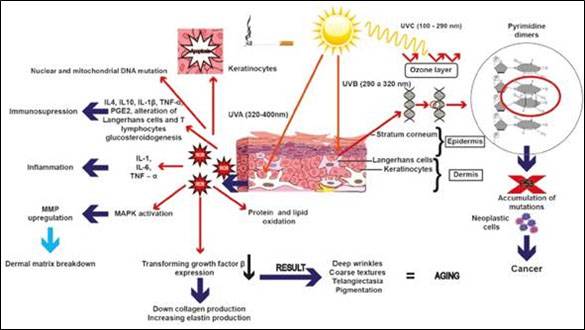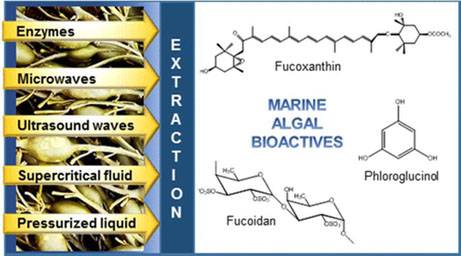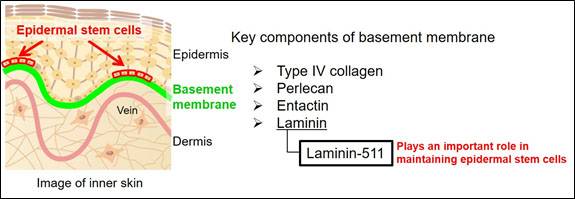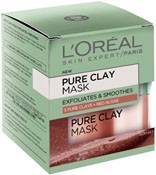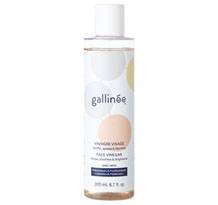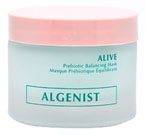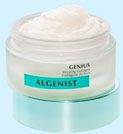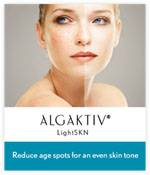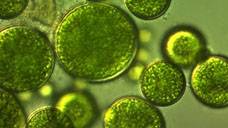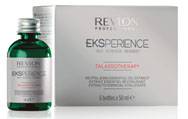Introduction
Algae, a class of photosynthetic organisms found in both marine and freshwater habitats, are well known for their applications in food and fuel [1]. Algae being an important source of vitamins, minerals, antioxidants and natural colorants, the incorporation of the whole biomass in food and feed could be used to provide color, incremental nutritional value, and improved texture or resistance to oxidation [2]. The Food and Agriculture Organization (FAO) (2014) estimated that 38% of the 23.8 million tonnes of seaweeds in the 2012 global harvest was eaten by humans in the form of seaweeds, e.g., kelps, nori/laver. The global harvest of seaweeds in 2013 was estimated at US$ 6.7 billion, with China and Indonesia being the top producers (FAO 2015) [3]. DSM’s product DHAgold®, used high quality, dried marine algae as a sustainable source of omega-3 DHA for nutritional health claims across all pet life stages [4]. Amway incorporated fat-soluble carotenoid compounds from algae in their product Nutrilite™ Multi Carotene which helps in protecting skin [5]. Algae has received more attention recently, not just in food, but also in cosmetics, and more particularly in skin cosmetics. Algae extract contributes to skin health and beauty [6].
Skin Aging And Algae
Researchers have found that the nutrient density of algae, such as amino acids, mineral salts, trace elements and vitamin content, supply the skin cells with energy. Skin aging is a slow and complex process leading to many changes in the texture of skin such as thinning, dryness, laxity, fragility, enlarged pores, fine lines, and wrinkles. Progerin accumulates over time as the skin ages, and works with telomeres to trigger cellular senescence in normal human fibroblasts [7]. Skin aging is related to the reduction of collagen production and decrease of several enzymatic activities that degrade collagen structure in the dermis. Various factors such as changes in DNA, signal transduction pathways, immunology, UVR and pollution activate cell surface receptors of keratinocytes and fibroblasts in the skin, which leads to a breakdown of collagen in the extracellular matrix and stops new collagen synthesis. The mechanism of skin aging is shown below [8].

